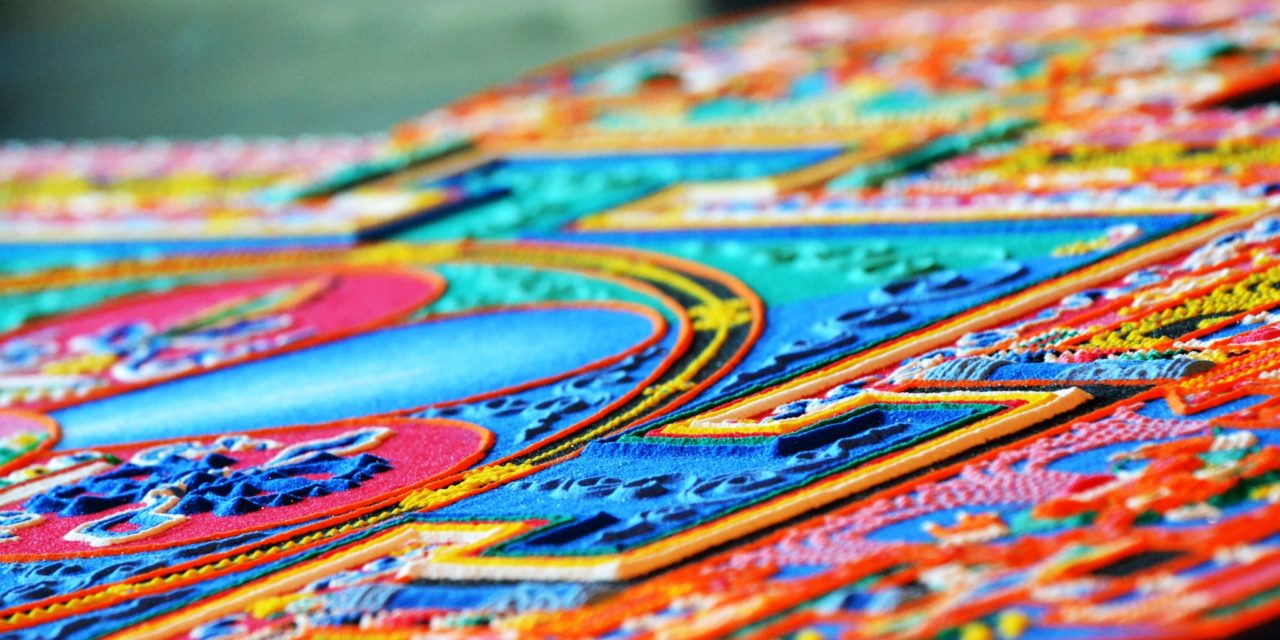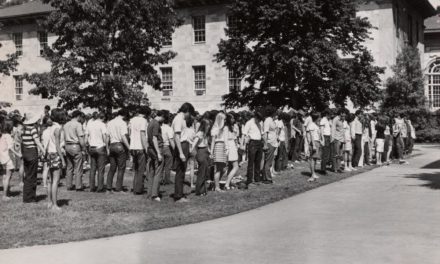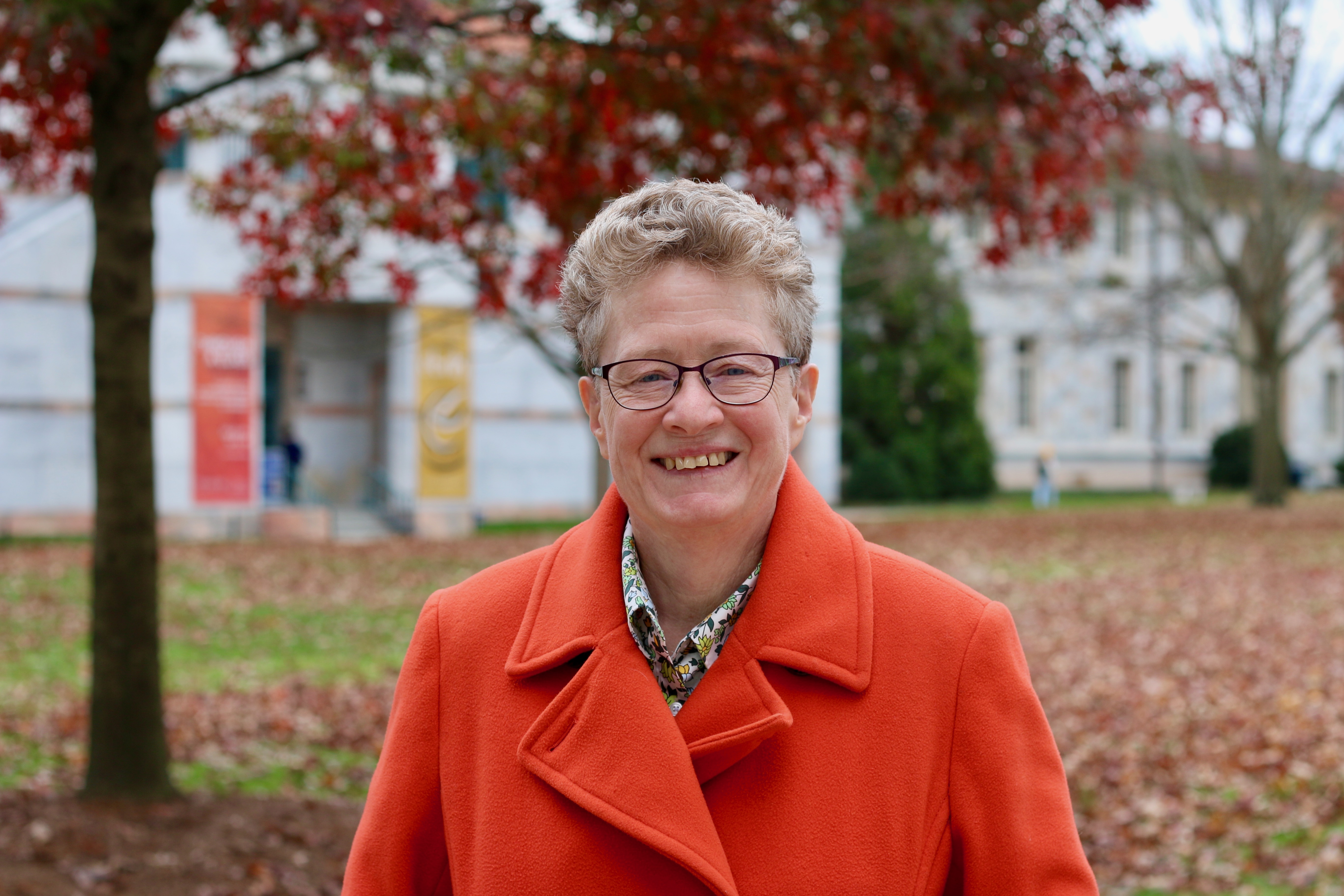[padding type=”large_left_right”]
The Emory-Tibet Partnership will be hosting Tibet Week 2015, “Exploring Compassion,” from March 23 through March 28. Each day will offer a variety of activities, including daily, guided compassion meditation and mandala sand painting, primarily located at Michael C. Carlos Museum Reception Hall.
Tibet Week began in 1998 as a result of Emory’s affiliation with the Drepung Loseling Monastery to promote Tibetan studies programs and celebrate Tibetan culture, and it has since grown.
“Tibet Week has evolved into a diverse set of programs not only celebrating Tibetan culture but also examining topics related to human rights, science, health, secular ethics, and more,” said Marica Ash, Program Coordinator of the Emory-Tibet Partnership. “Tibet Week has grown to be an annual program that Emory and the larger Atlanta community can look forward to.”
Originally, Tibet Week consisted of a few guest lecturers and a sand painting mandala. Since the celebration’s inception, it has evolved to include a myriad of new activities.
It is a time that I get to spend with, and celebrate a culture and community that I have benefited so much from during my time at Emory.
This year, the week kicks off on the quad with an opening ceremony and an incense offering led by Dr. Geshe Lobsang Tenzin Negi, Director of the Emory-Tibet Partnership and Co-Director of the Emory-Tibet Science Initiative, and monks of the Drepung Loseling Monastery. Directly following the ceremony will be the week’s first Mandala Sand Painting Live Exhibition: Buddha of Compassion, in which monks from Drepung Loseling monastery’s Mystical Arts Of Tibet group create a sand mandala of Avalokiteshvara, the bodhisattva of compassion.
President of Students for a Free Tibet and College senior Lindsey Max said, “The creation of the Sand-Mandala is a traditional Tibetan practice, and different mandala designs have different meanings. There are also various meditation sessions every day, and events to raise awareness about the China-Tibet conflict,” President of Students for a Free Tibet and College senior Lindsey Max said.
[/padding]
[padding type=”small_left”] [/padding]
[/padding]
[padding type=”large_left_right”]
Though the focus of the week is Tibetan culture, each day features new talks, forums, and dialogues that address both matters of cultural relevance and modern, political importance as it pertains to human rights, healthcare, and conflict resolution. These discussions are led by professors throughout the university as well as scholars who specialize in various aspects of Tibetan culture and share insights with the Emory community.
While each day offers academic discussions, students may acquire information through direct, physical – rather than solely intellectual – involvement. Emory Tibetan students will be leading Tibetan chanting, singing, and dancing on the quad on Wednesday. Students may attend theatrical, artistic, and academic events to educate themselves on the culture and traditions. On Saturday evening, Students for a Free Tibet will be screening, “Tibetan Stories,” a monthly online film series that follows the lives of and records the stories of Tibetan refugees, by The International Center for Mental Health and Human Rights. The film will be followed by a panel discussion regarding the themes presented in the video.
“It is a time that I get to spend with, and celebrate a culture and community that I have benefited so much from during my time at Emory,” President of the Buddhist Club and College junior Aakash Raj said. The week closes with a traditional dissolution ceremony, during which the monks scatter the sand mandala. Everyone who attends the ceremony leaves with their own small bag of sand from the mandala, which they are each to scatter with the hope of happiness and freedom from suffering for all. “It demonstrates impermanence, which is a core aspect of Buddhism that nothing in the world is fixed and permanent, and everything is in a state of flux,” Raj said.
[/padding]






